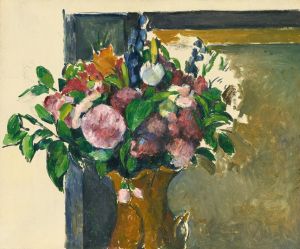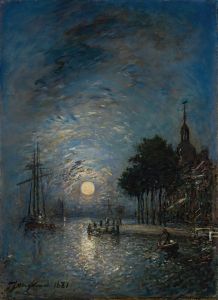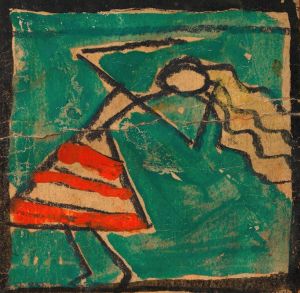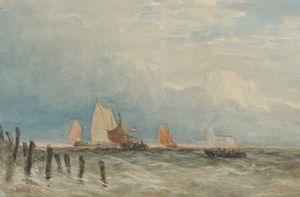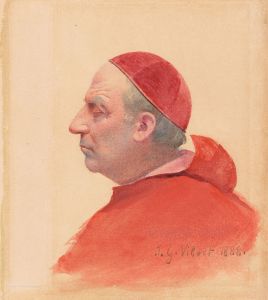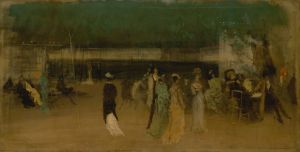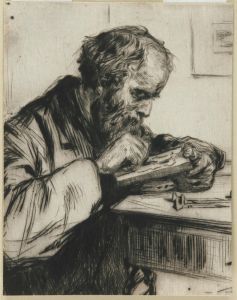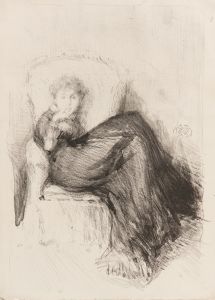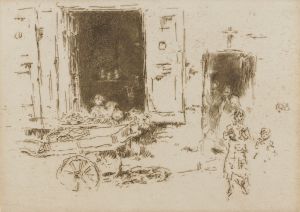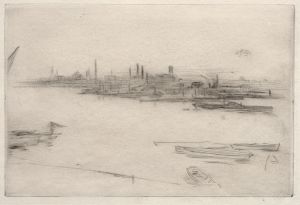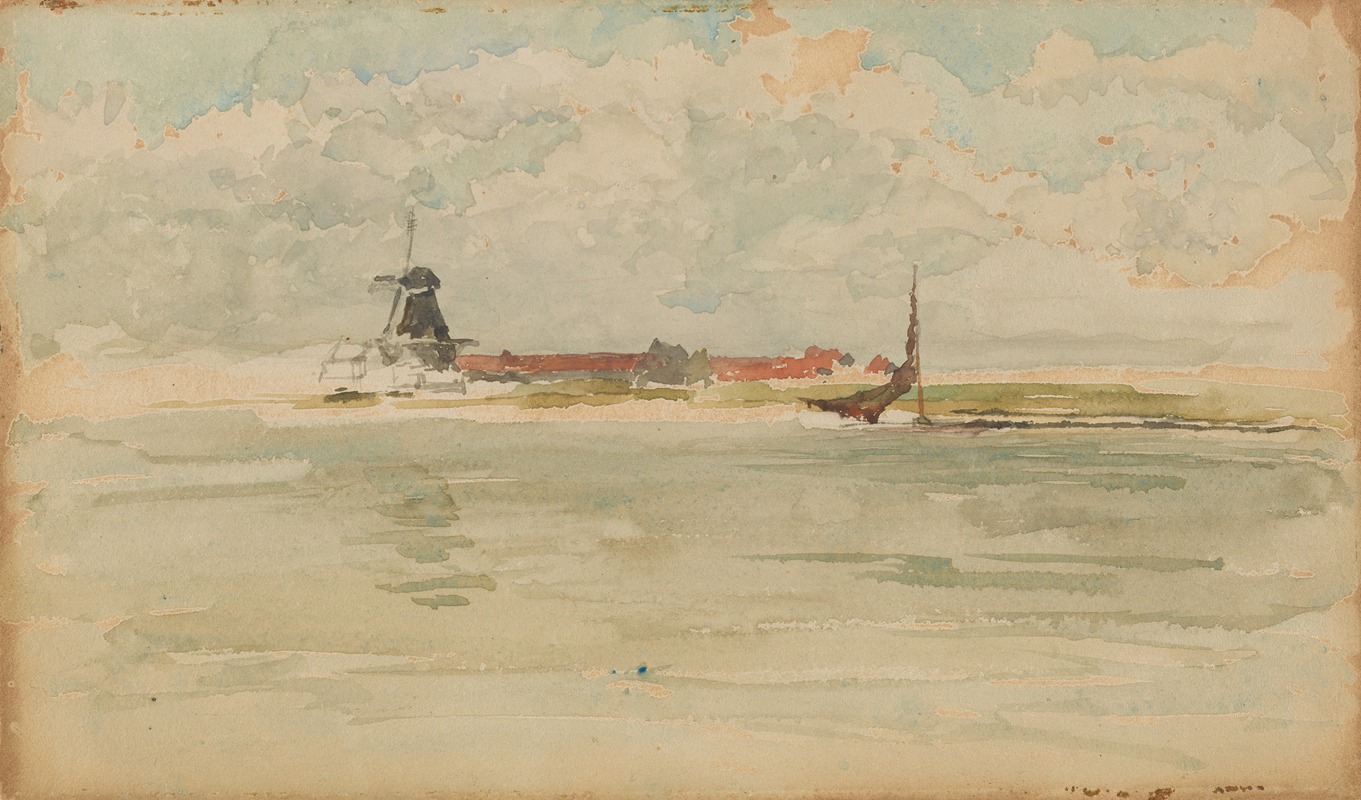
A Little Red Note–Dordrecht
A hand-painted replica of James Abbott McNeill Whistler’s masterpiece A Little Red Note–Dordrecht, meticulously crafted by professional artists to capture the true essence of the original. Each piece is created with museum-quality canvas and rare mineral pigments, carefully painted by experienced artists with delicate brushstrokes and rich, layered colors to perfectly recreate the texture of the original artwork. Unlike machine-printed reproductions, this hand-painted version brings the painting to life, infused with the artist’s emotions and skill in every stroke. Whether for personal collection or home decoration, it instantly elevates the artistic atmosphere of any space.
James Abbott McNeill Whistler was an American artist known for his contributions to the aesthetic movement and his distinctive style that often emphasized mood and atmosphere over detailed realism. One of his lesser-known works is "A Little Red Note–Dordrecht," which reflects his interest in capturing the essence of a scene through color and composition.
"A Little Red Note–Dordrecht" is a painting that exemplifies Whistler's approach to art, where he often focused on the harmony of color and form rather than intricate detail. This work is believed to have been created during Whistler's travels in Europe, a period when he was deeply influenced by the landscapes and cityscapes he encountered. Dordrecht, a city in the Netherlands, provided a picturesque setting that Whistler found inspiring, and it is likely that this painting captures a view of the city or its surroundings.
Whistler's technique in "A Little Red Note–Dordrecht" would have involved his characteristic use of a limited color palette, with an emphasis on tonal harmony. The title itself suggests the presence of a red element within the composition, which Whistler might have used to draw attention or create a focal point within the scene. This use of color is consistent with his belief in the musicality of painting, where colors and forms are orchestrated to create a visual symphony.
The painting reflects Whistler's broader artistic philosophy, which was influenced by the ideas of "art for art's sake." He believed that art should not be constrained by narrative or moral messages but should instead be appreciated for its beauty and emotional resonance. This perspective often led him to create works that were more about mood and atmosphere than about depicting specific subjects or stories.
Whistler's work, including "A Little Red Note–Dordrecht," was part of a larger movement that sought to elevate the status of painting to that of music and poetry, emphasizing the importance of aesthetic experience. His approach was sometimes controversial, as it challenged traditional notions of what art should represent, but it also paved the way for future developments in modern art.
While "A Little Red Note–Dordrecht" may not be as widely recognized as some of Whistler's other works, such as "Arrangement in Grey and Black No. 1" (commonly known as "Whistler's Mother"), it remains an example of his innovative approach to painting. The work is a testament to his skill in capturing the subtle interplay of light, color, and form, and it contributes to our understanding of his artistic legacy.
In summary, "A Little Red Note–Dordrecht" is a painting by James Abbott McNeill Whistler that embodies his aesthetic principles and his ability to convey mood through color and composition. It reflects his interest in the beauty of everyday scenes and his commitment to the idea that art should be appreciated for its own sake.






